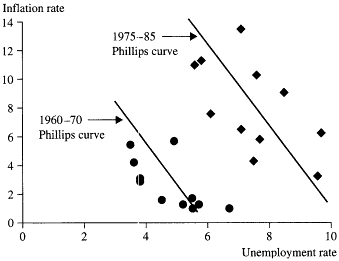Curiosity 10.2: What Are the Discount and Federal Funds Rates?
| | |||||||||||||||||||||||||||||||||||||||||||||||||||||||||||||||||||||||||||||||||||||||||||||||||||||||||||||||||||||||||||||||||||||||||||||||
|
| |||||||||||||||||||||||||||||||||||||||||||||||||||||||||||||||||||||||||||||||||||||||||||||||||||||||||||||||||||||||||||||||||||||||||||||||
Macroeconomic Essentials - 2nd Edition: Understanding Economics in the News
ISBN: 0262611503
EAN: 2147483647
EAN: 2147483647
Year: 2004
Pages: 152
Pages: 152
Authors: Peter E. Kennedy
